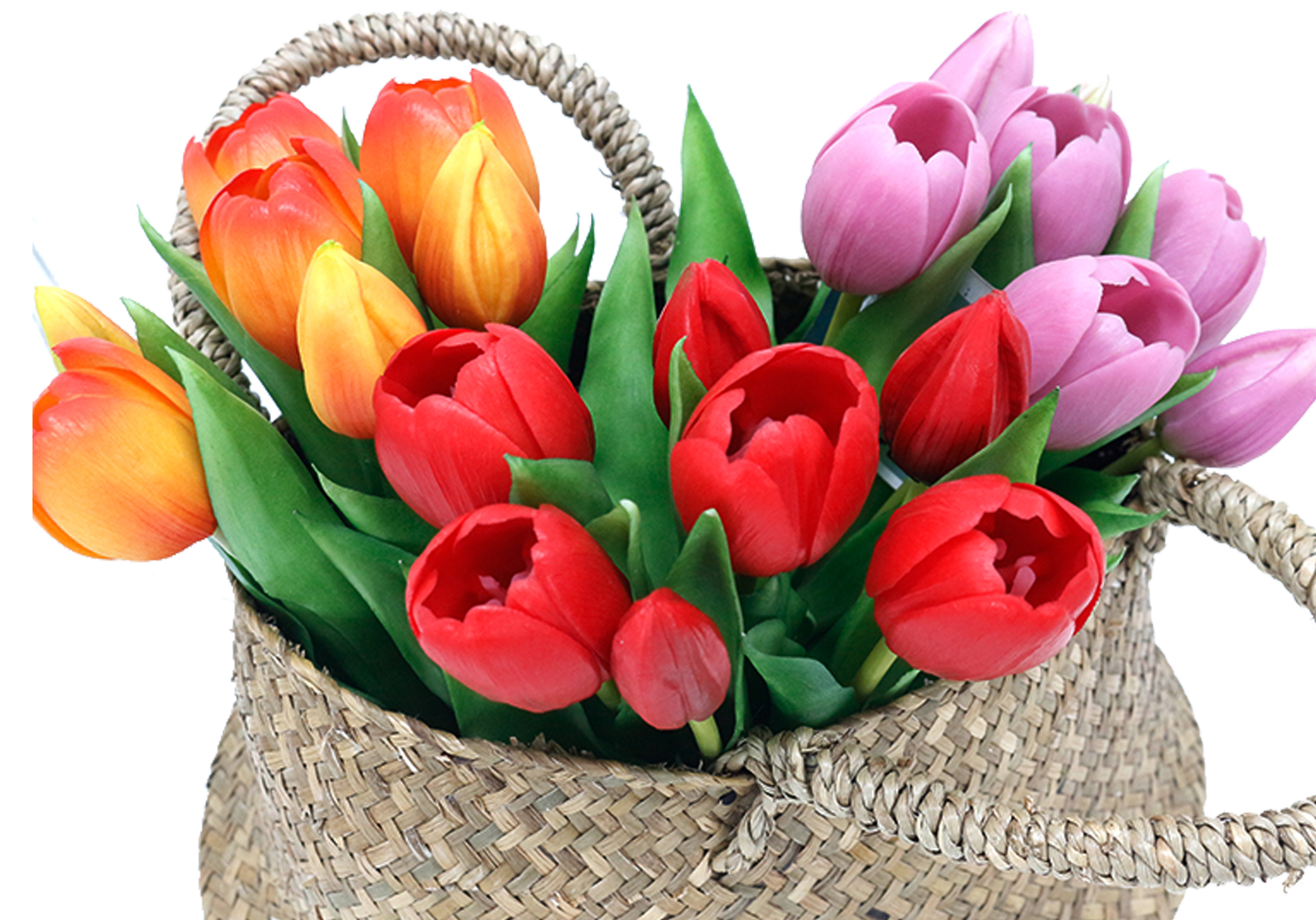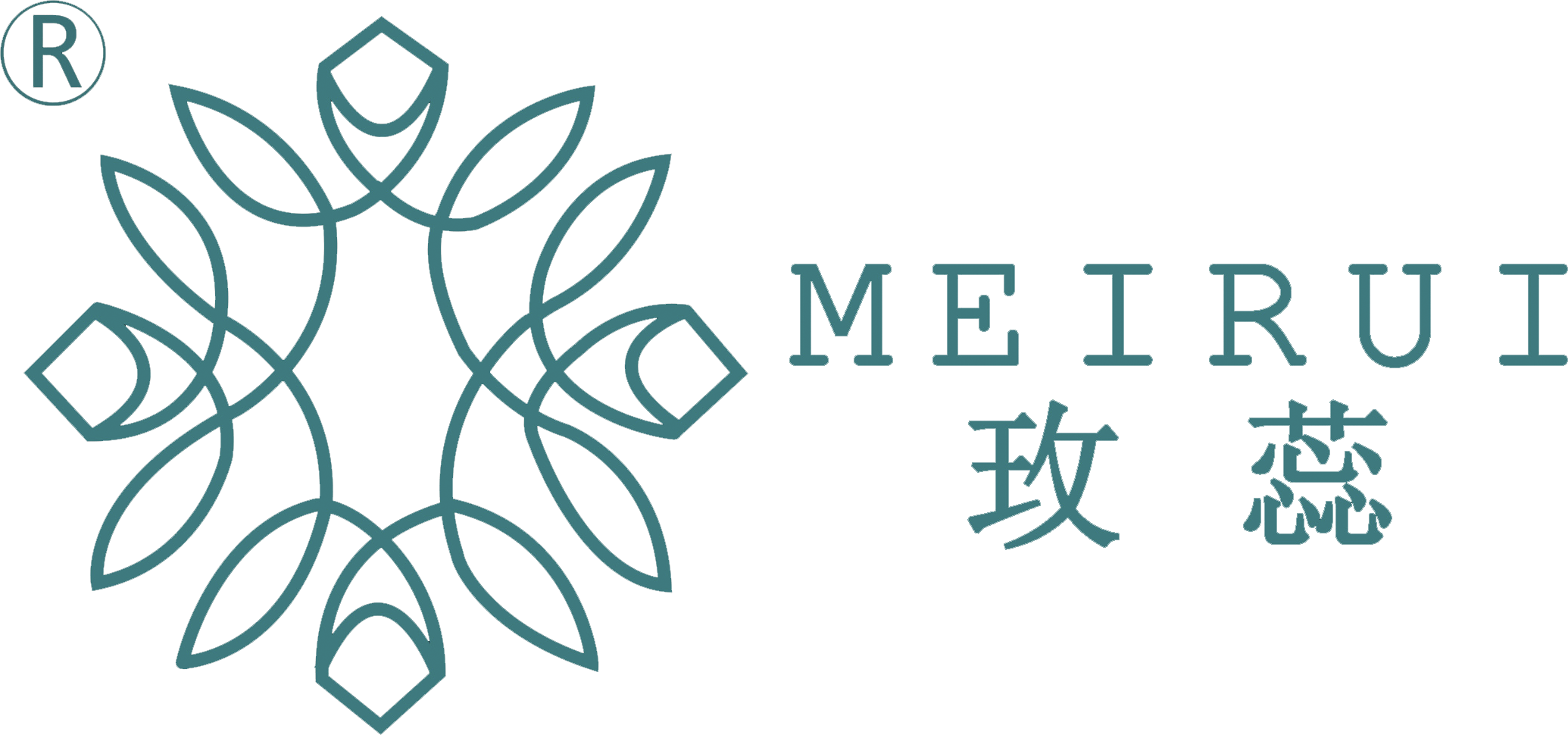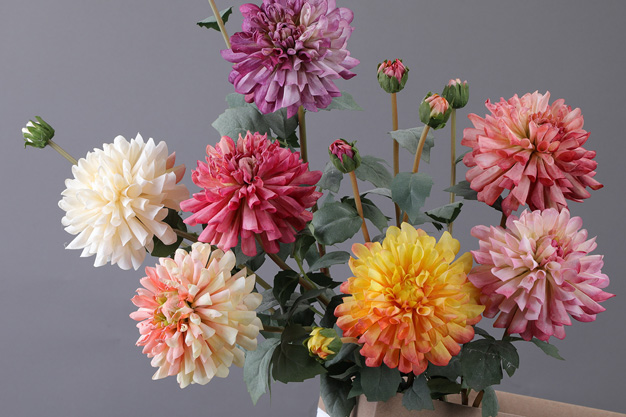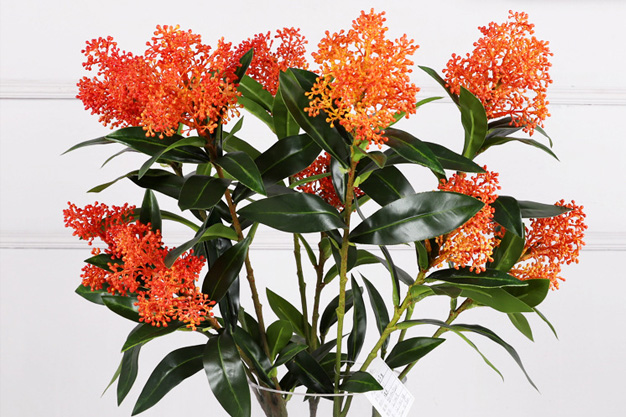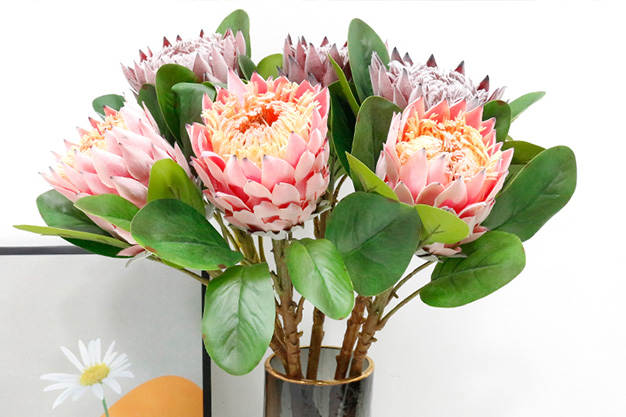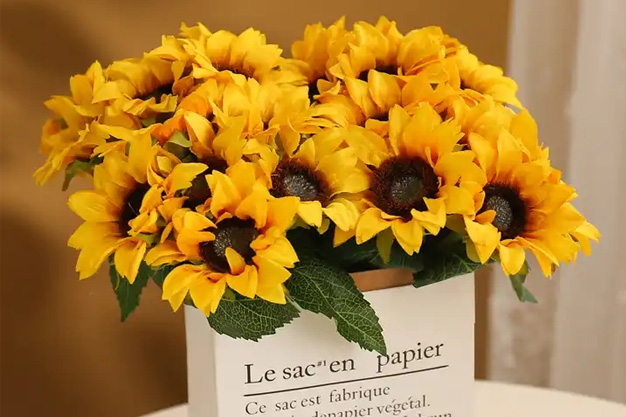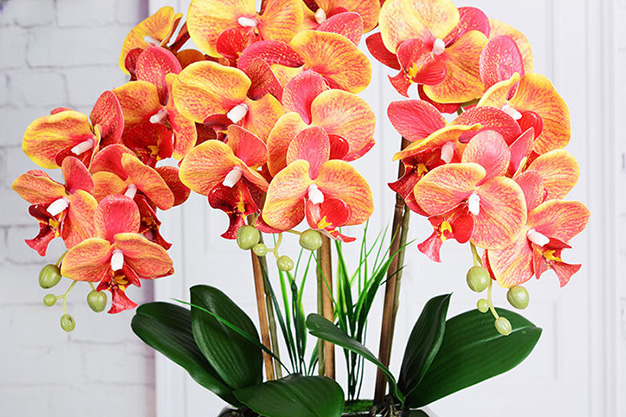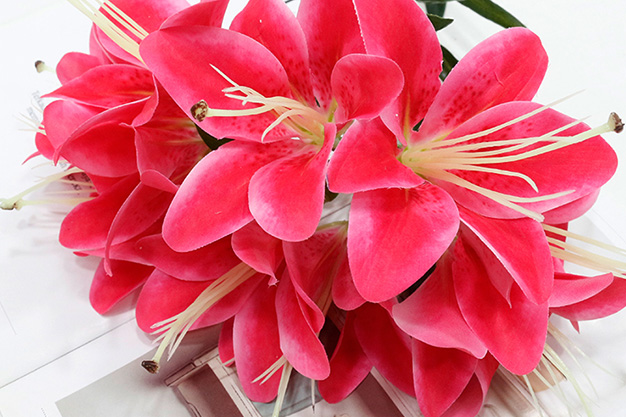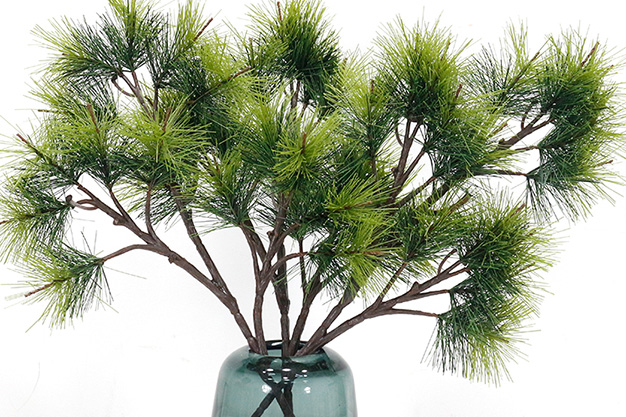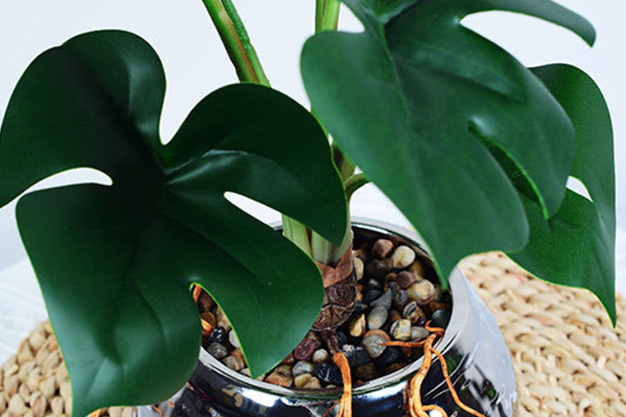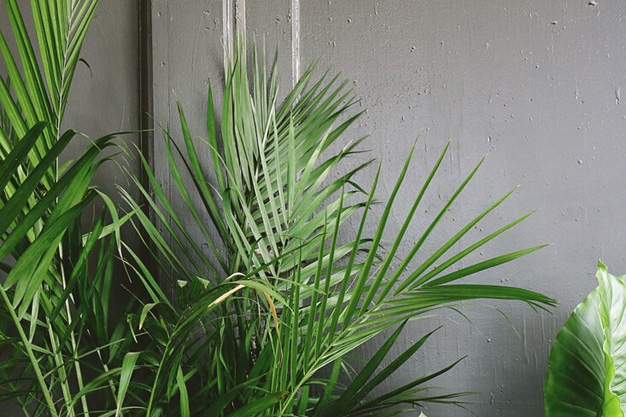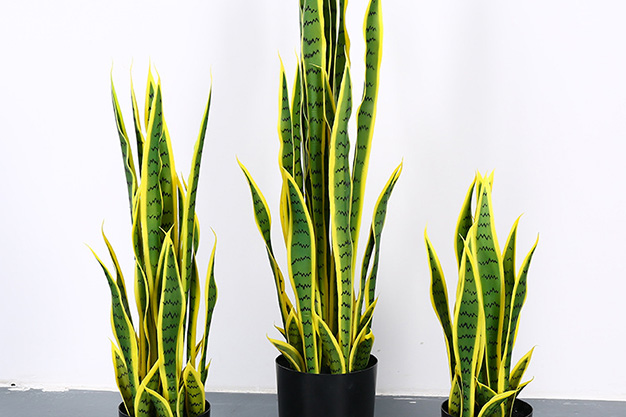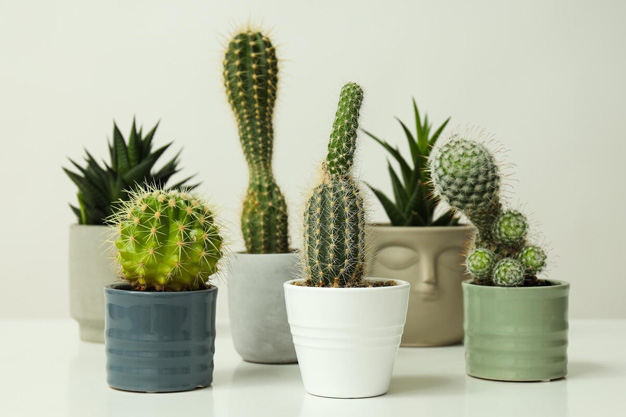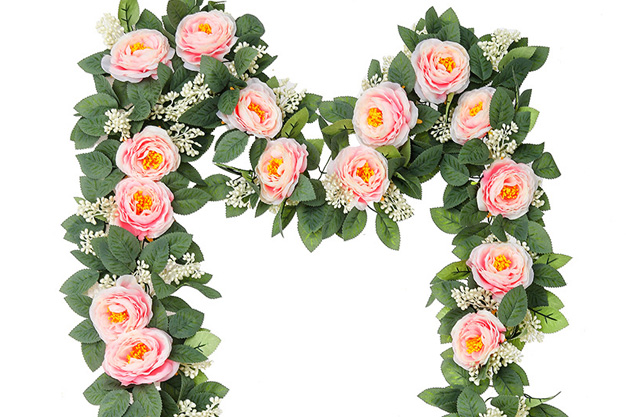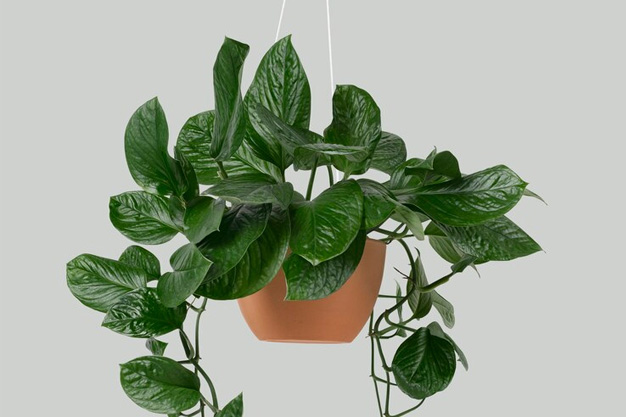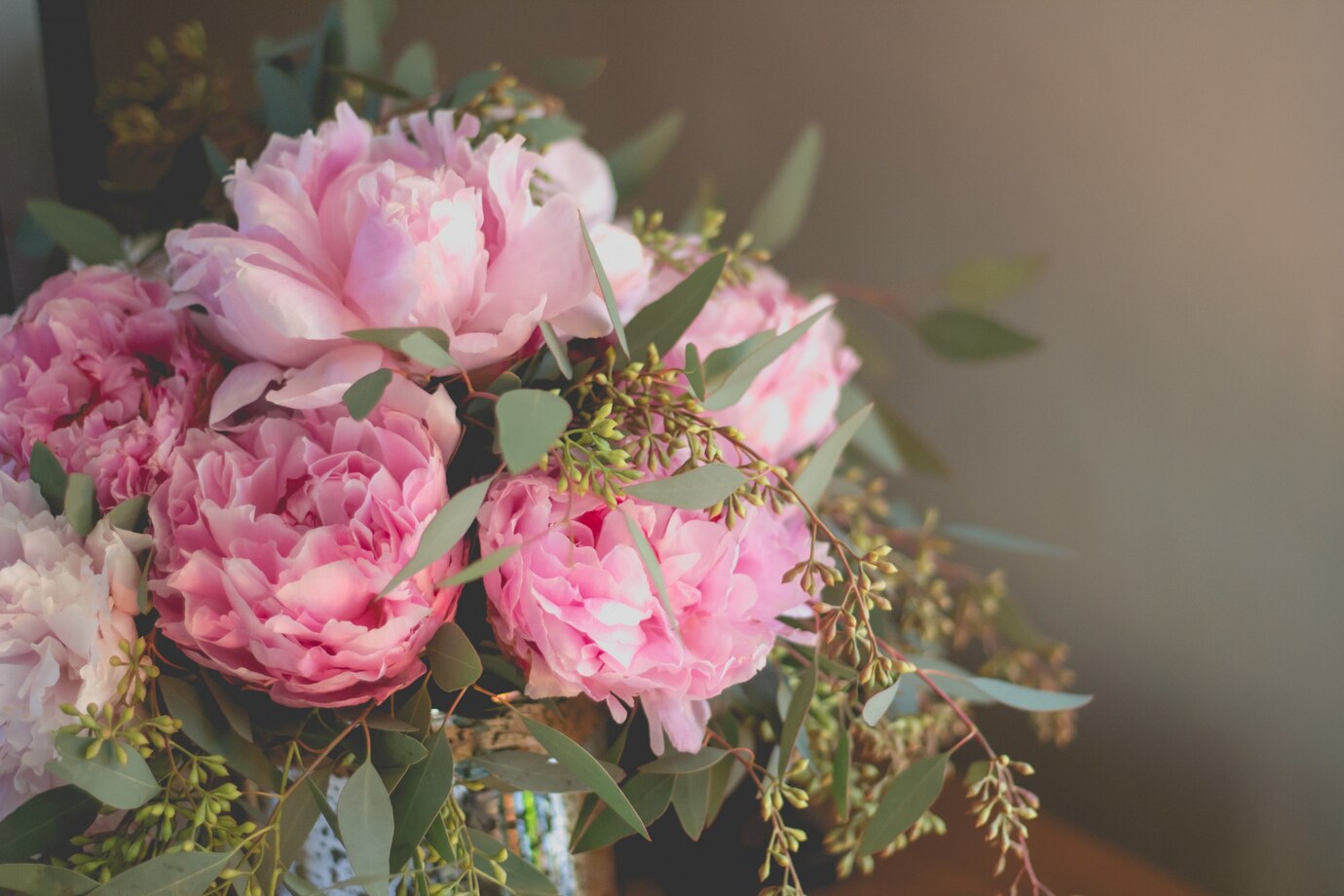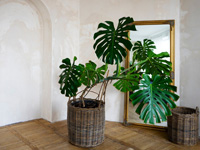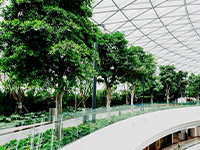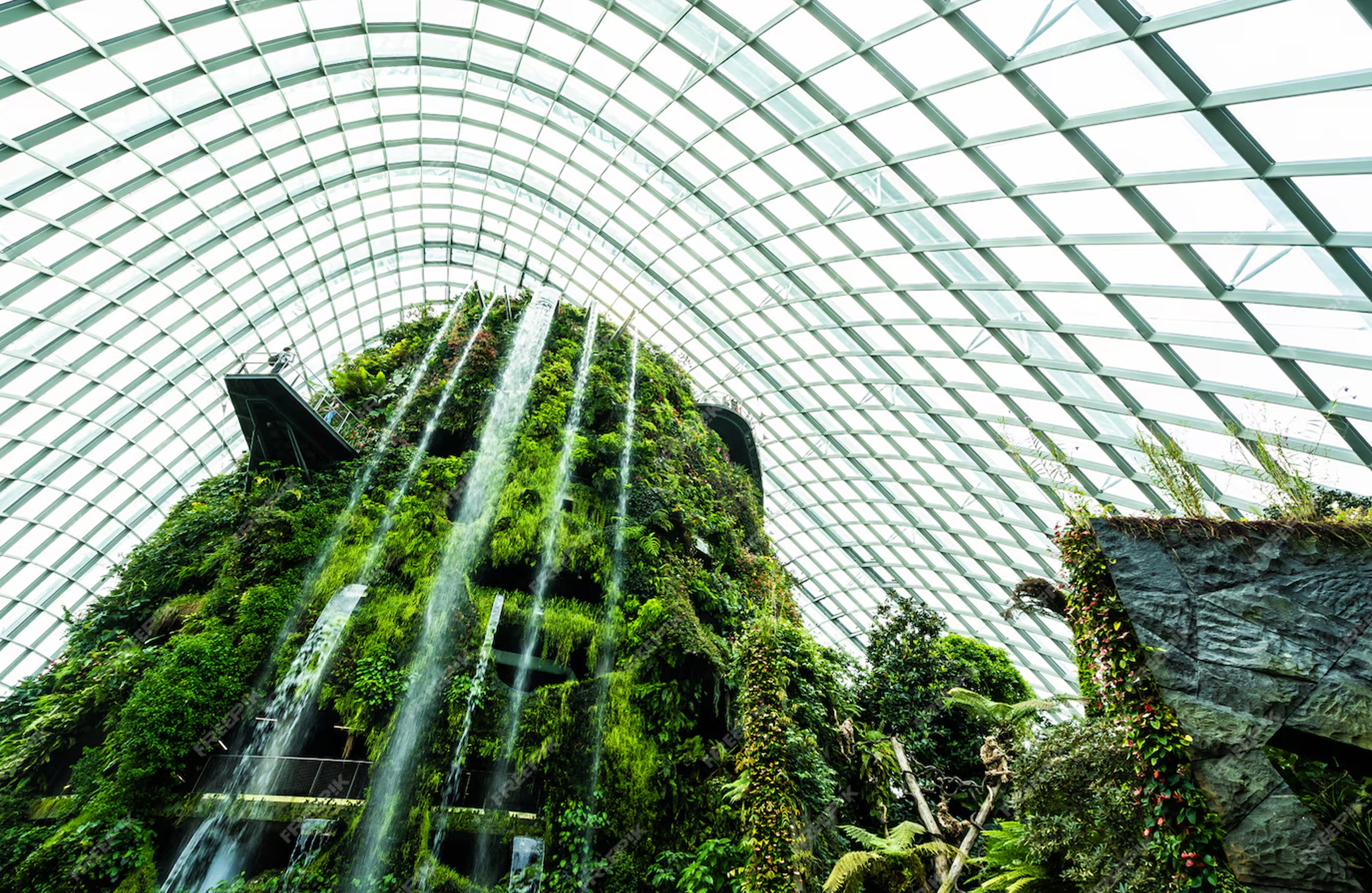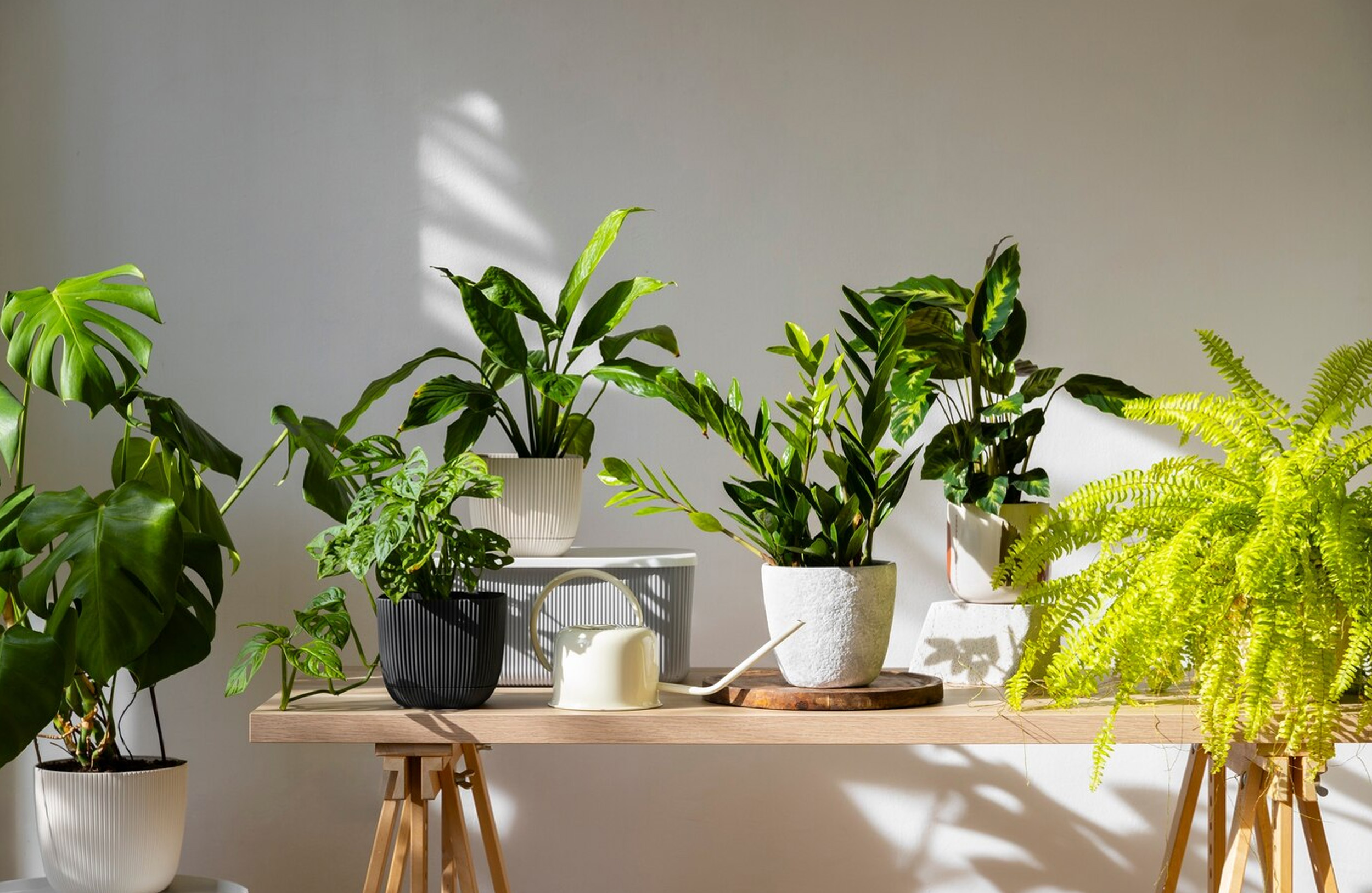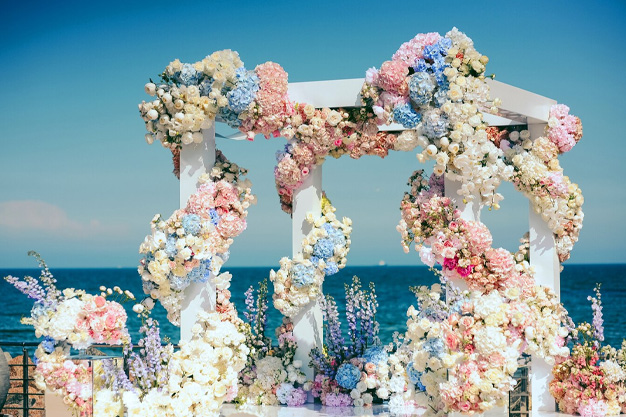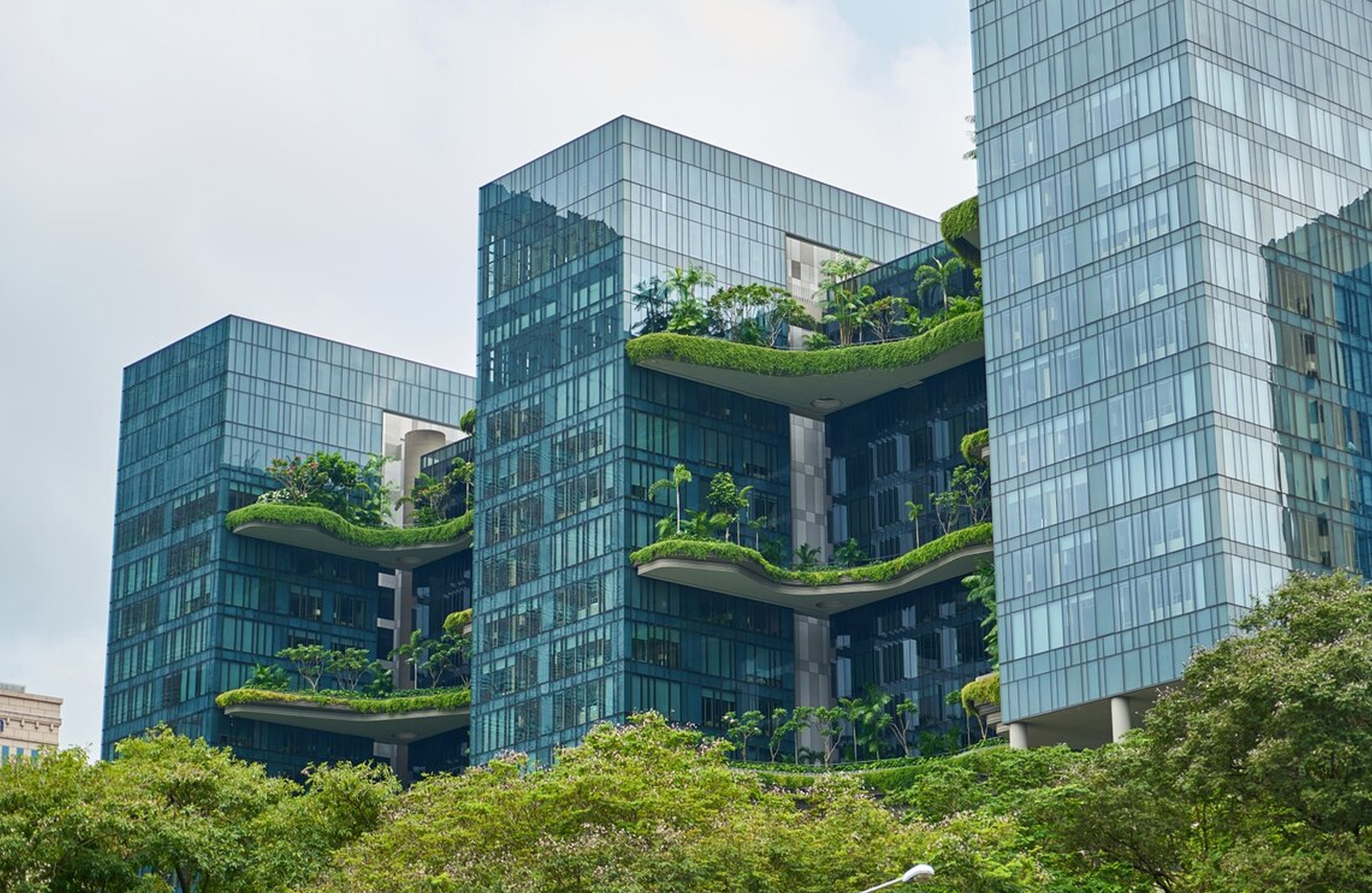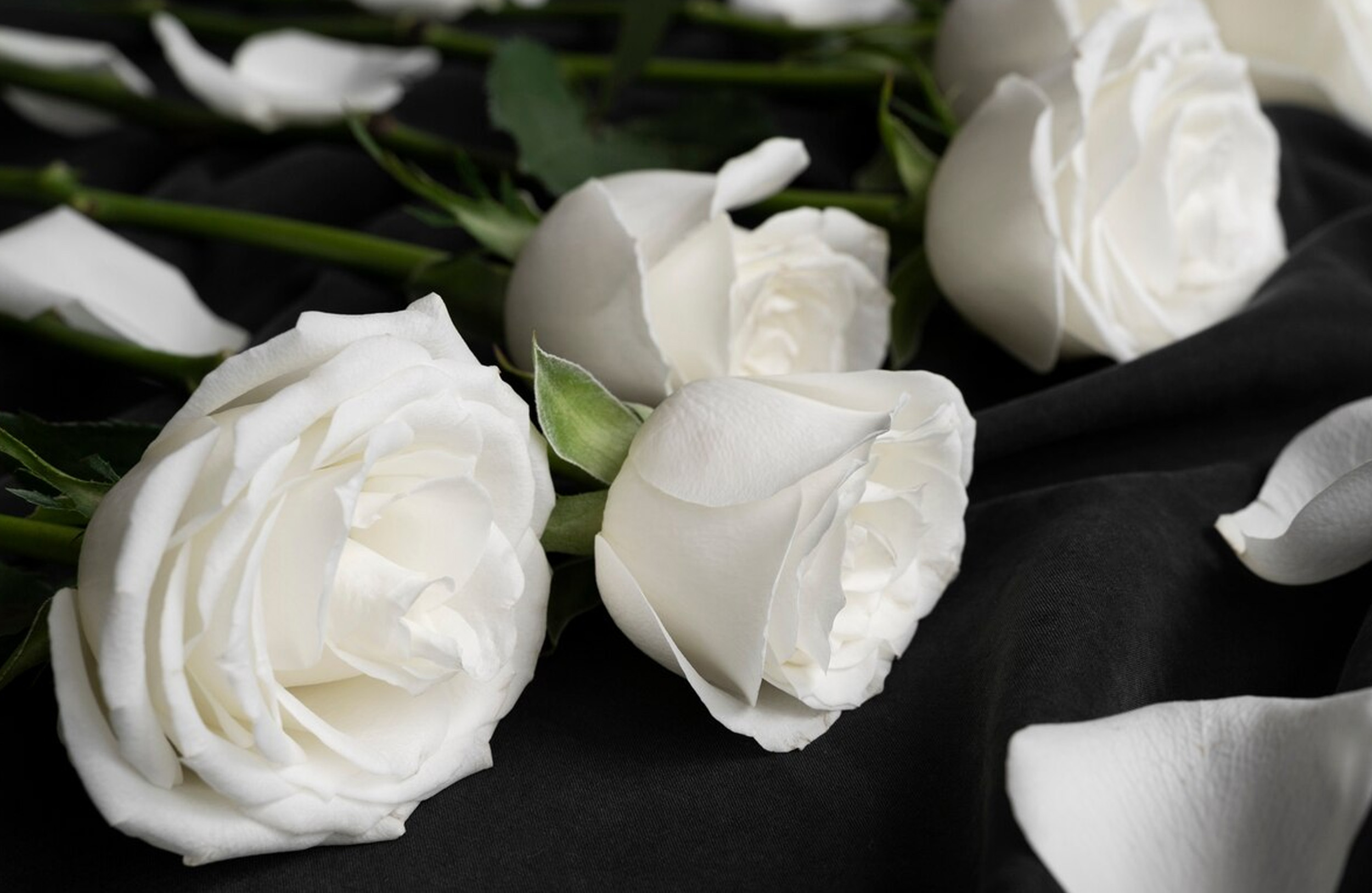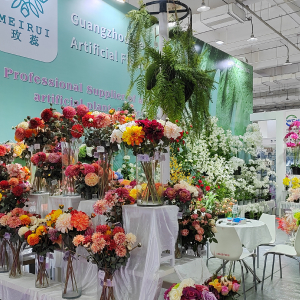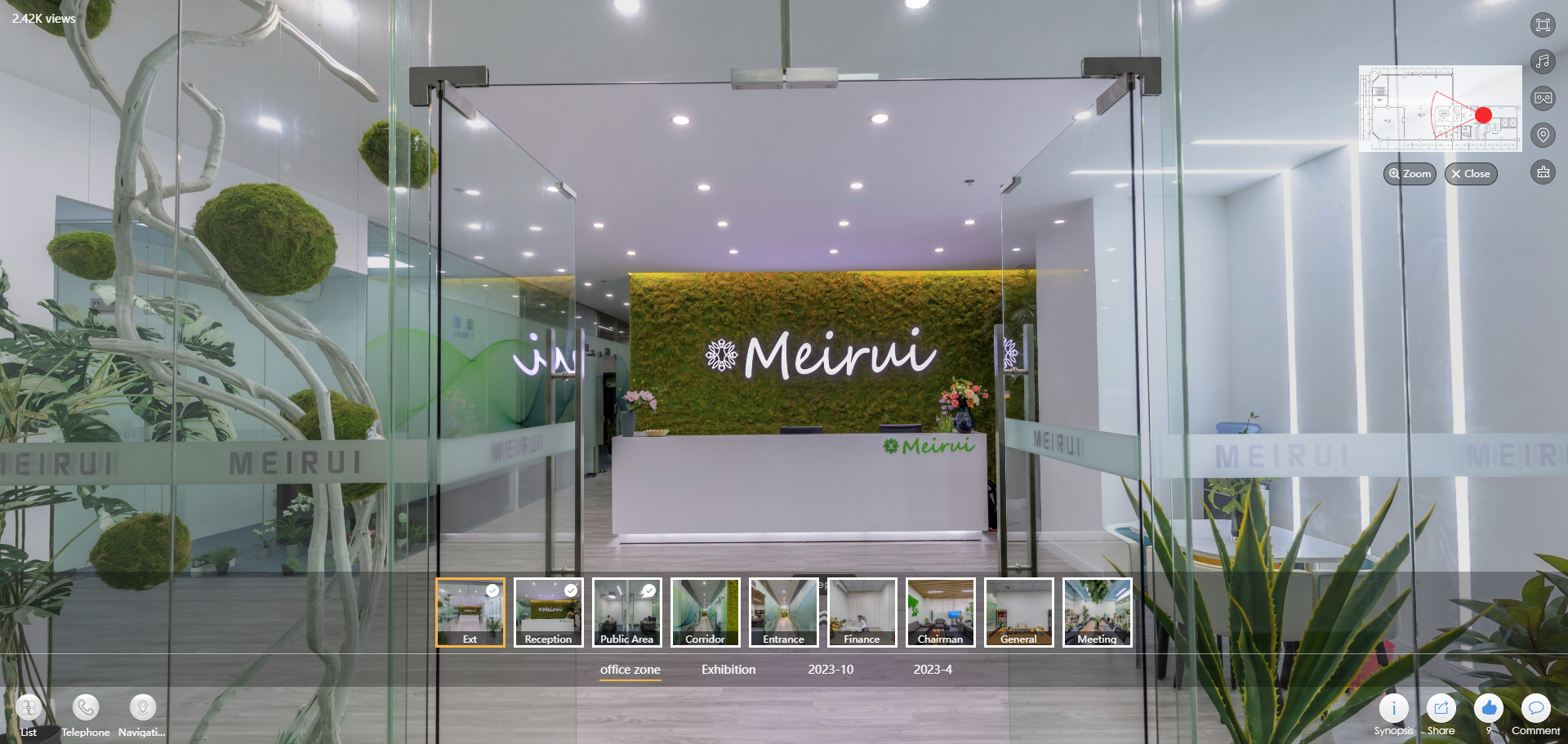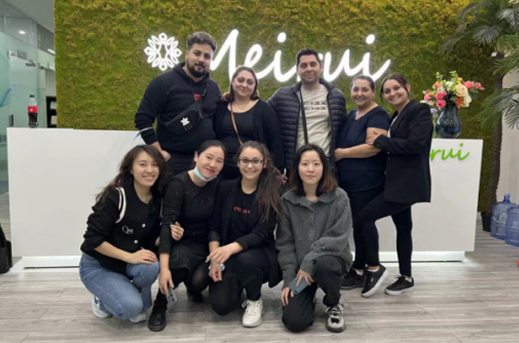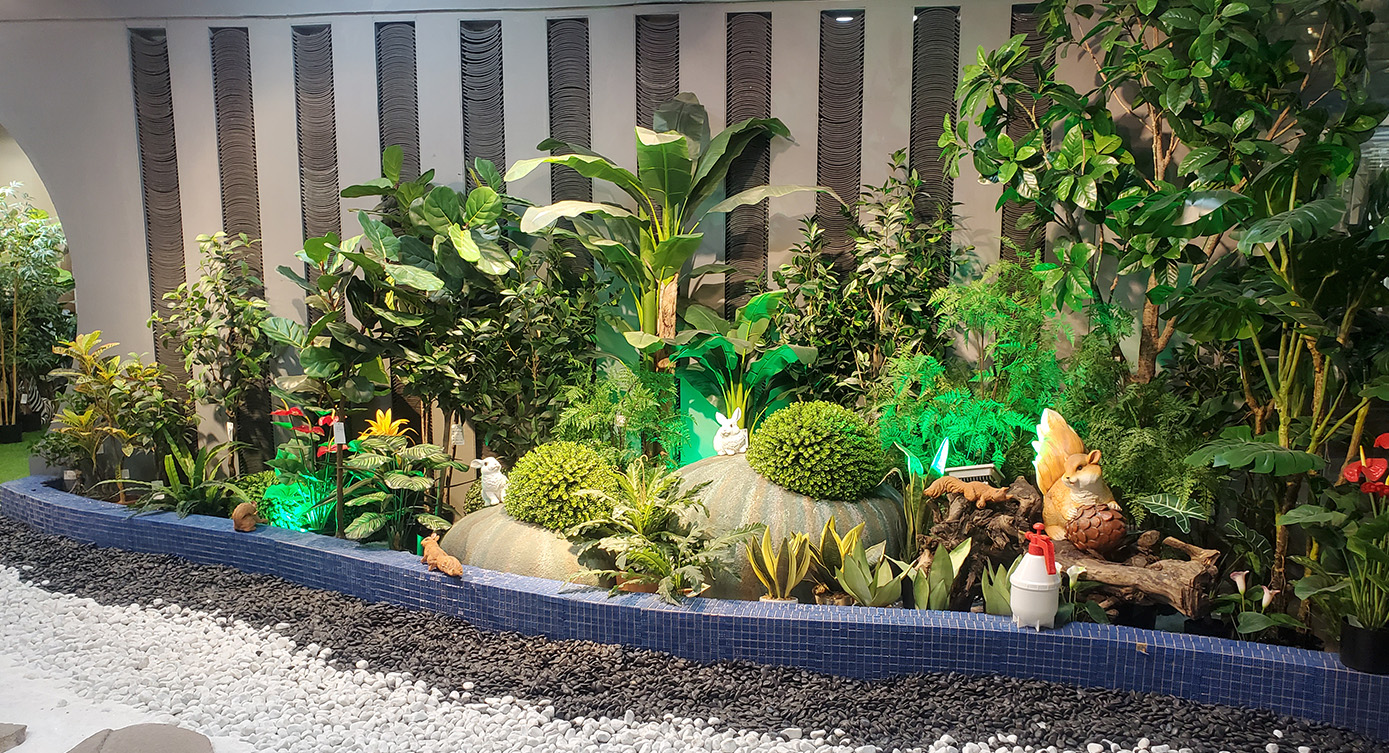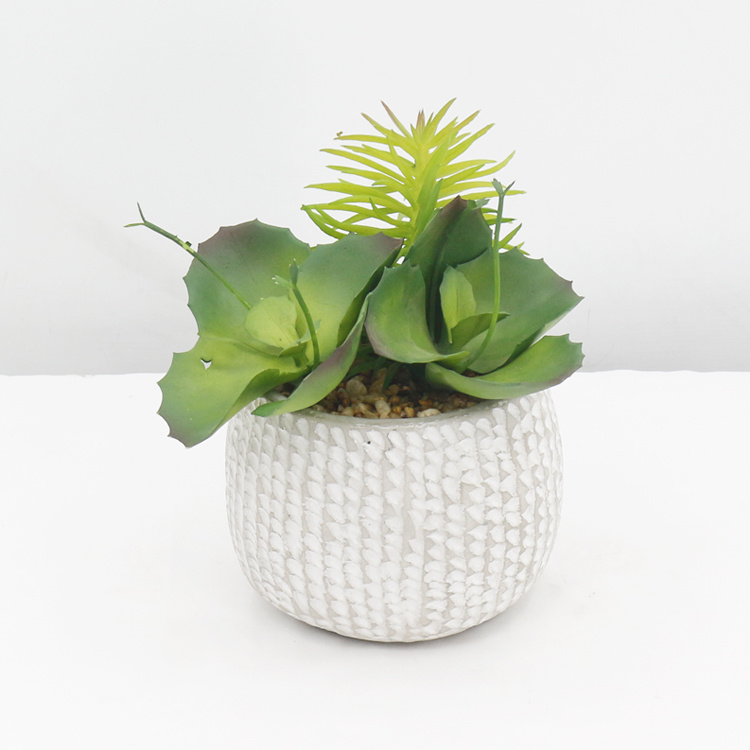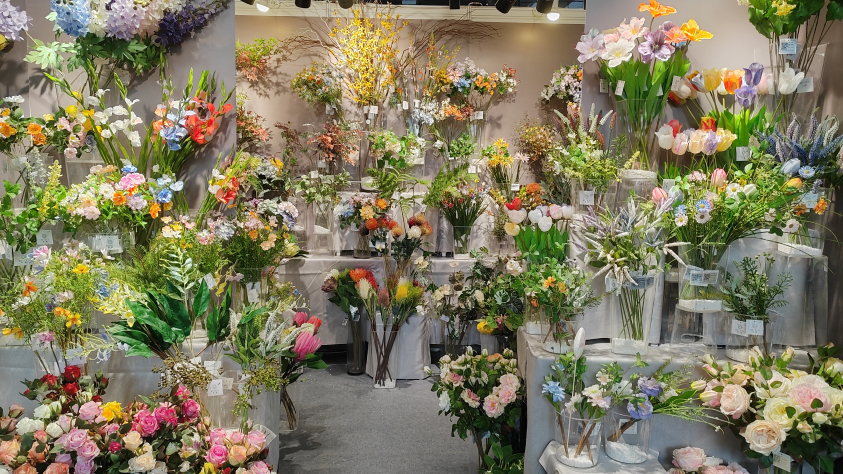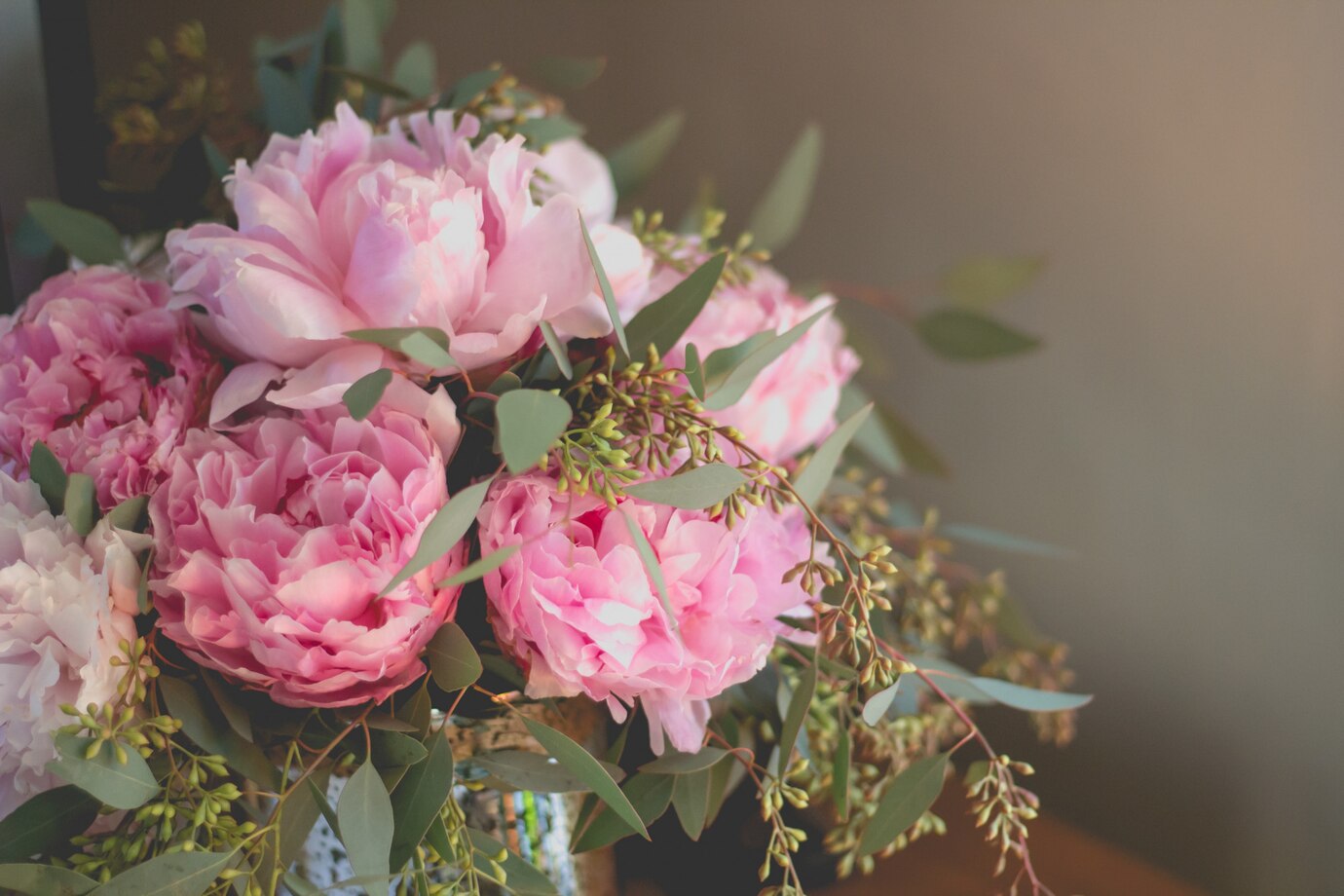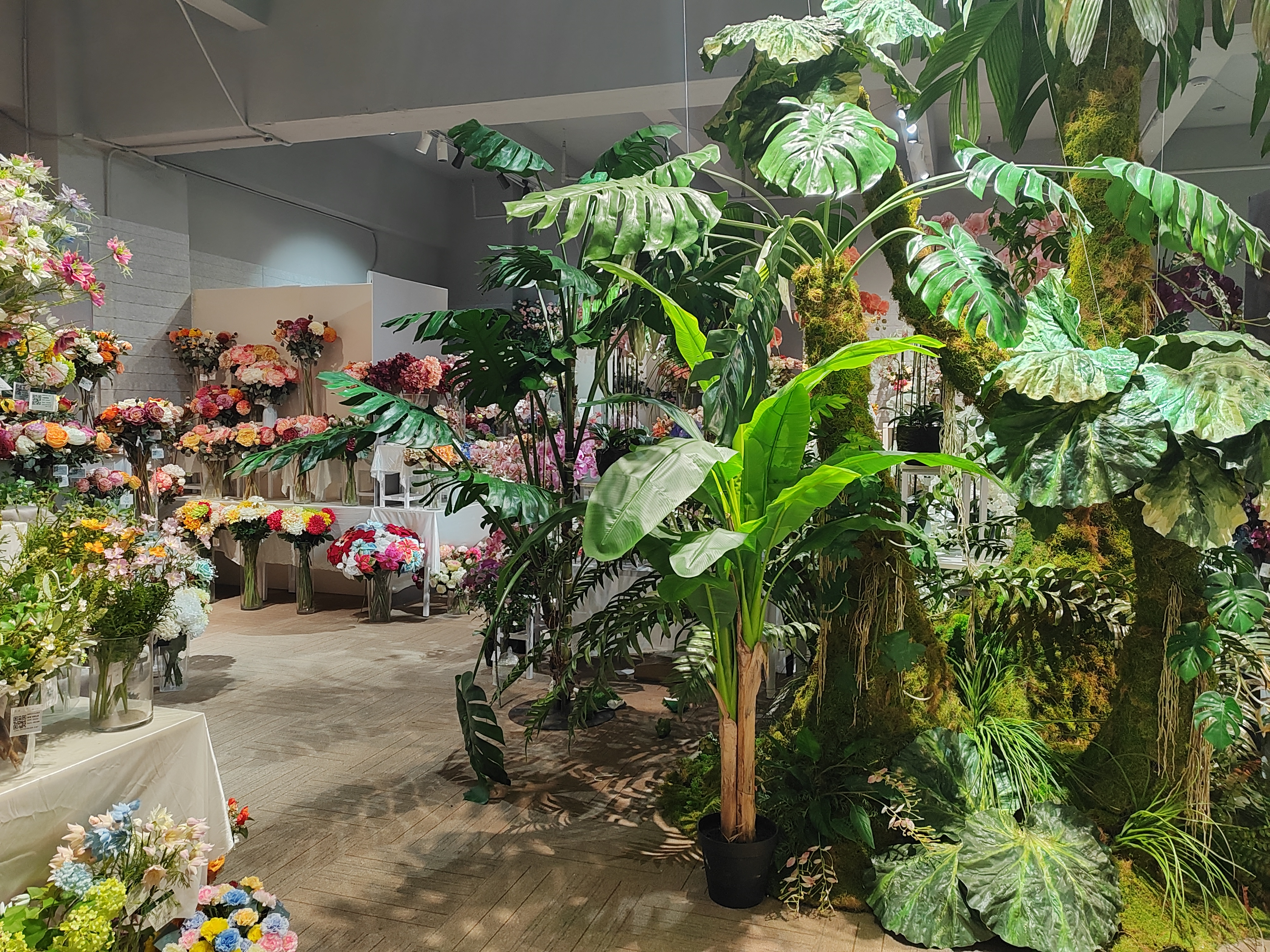

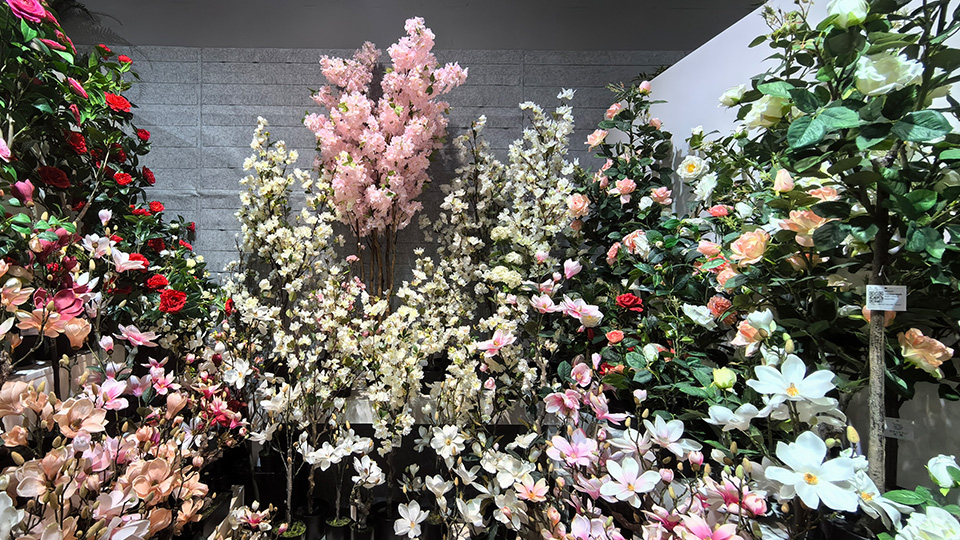
In the realm of interior design, the quest for sustainability has become a driving force shaping trends and choices. With a growing awareness of environmental concerns, designers and homeowners alike are seeking innovative solutions to create aesthetically pleasing spaces while minimizing their ecological footprint. Artificial flowers have emerged as a sustainable alternative, offering a myriad of benefits that extend beyond their visual appeal. In this article, we delve into the role of artificial flowers in interior design, exploring their innovative aspects and environmentally friendly attributes.
The Evolution of Artificial Flowers:
Gone are the days when artificial flowers were associated solely with tacky plastic replicas. Today, artificial floral arrangements have undergone a remarkable transformation, thanks to advancements in materials and manufacturing techniques. Modern artificial flowers are crafted with meticulous attention to detail, mimicking the delicate beauty of their natural counterparts with remarkable accuracy.
A Sustainable Choice:
One of the most compelling reasons to incorporate artificial flowers into interior design is their sustainability. Unlike fresh flowers, which require extensive resources such as water, fertilizers, and pesticides, artificial flowers have a minimal environmental impact. They do not contribute to deforestation or habitat destruction, nor do they rely on chemical inputs that can harm ecosystems.
Moreover, artificial flowers have a significantly longer lifespan than fresh blooms, reducing the need for frequent replacements and the associated waste. With proper care, artificial arrangements can last for years, bringing enduring beauty to interior spaces without the environmental toll of their natural counterparts.
Innovative Designs:
Artificial flowers offer unparalleled flexibility in design, allowing for endless creative possibilities. Designers can experiment with unconventional shapes, colors, and arrangements, unrestricted by seasonal availability or the limitations of fresh flowers. This freedom opens up a world of design opportunities, enabling the creation of bespoke floral compositions tailored to specific aesthetic preferences and spatial requirements.
Furthermore, artificial flowers can be combined with other sustainable materials to create truly unique decor elements. From recycled glass vases to eco-friendly plant-based fibers, integrating artificial flowers into environmentally conscious design schemes fosters innovation and promotes sustainable practices within the industry.
Environmentally Friendly Materials:
In recent years, there has been a growing demand for artificial flowers made from eco-friendly materials. Manufacturers are increasingly turning to sustainable alternatives such as recycled plastics, biodegradable polymers, and natural fibers to produce artificial blooms that are both visually stunning and environmentally responsible.
By prioritizing the use of sustainable materials, designers can align their aesthetic goals with their commitment to environmental stewardship, creating spaces that are as eco-conscious as they are beautiful. Additionally, opting for artificial flowers made from recycled or biodegradable materials helps reduce the reliance on virgin resources and minimizes the carbon footprint associated with production and disposal.
Practical Considerations:
Aside from their sustainability credentials, artificial flowers offer practical advantages that make them an attractive choice for interior design projects. Unlike fresh flowers, which require ongoing maintenance to preserve their appearance, artificial blooms are virtually maintenance-free. They do not wilt, wither, or shed petals, ensuring that they retain their beauty indefinitely with minimal upkeep.
Moreover, artificial flowers are ideal for spaces where natural light is limited or where environmental conditions are unsuitable for live plants. From windowless offices to climate-controlled interiors, artificial flowers thrive in environments where their living counterparts would struggle to survive, offering a splash of color and vitality to even the most challenging spaces.
Conclusion:
Incorporating artificial flowers into interior design is not merely a matter of aesthetics; it is a conscious choice with far-reaching implications for sustainability and environmental stewardship. By embracing artificial blooms crafted from sustainable materials, designers can create spaces that are as visually captivating as they are eco-friendly.
From innovative designs to environmentally friendly materials, artificial flowers offer a host of benefits that make them a valuable addition to any interior design scheme. By harnessing the creative potential of artificial flowers, designers can transform spaces into sustainable sanctuaries that celebrate the beauty of nature without compromising on ethics or aesthetics.
In a world where the pursuit of beauty must be tempered by a commitment to sustainability, artificial flowers stand as a shining example of how innovation and eco-consciousness can coexist harmoniously in the realm of interior design. As we continue to navigate the challenges of the 21st century, embracing sustainable alternatives like artificial flowers will be essential in creating a more vibrant, resilient, and environmentally friendly built environment for generations to come.
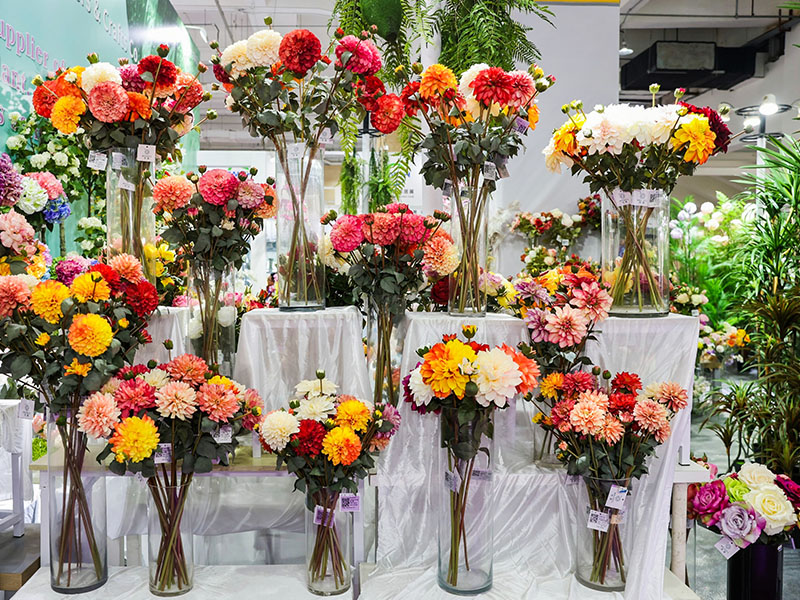
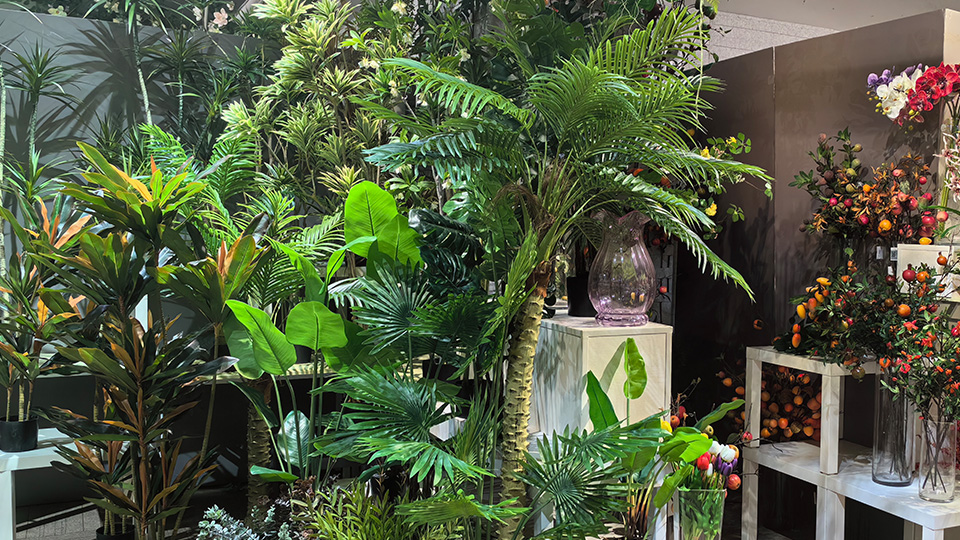

important to us
